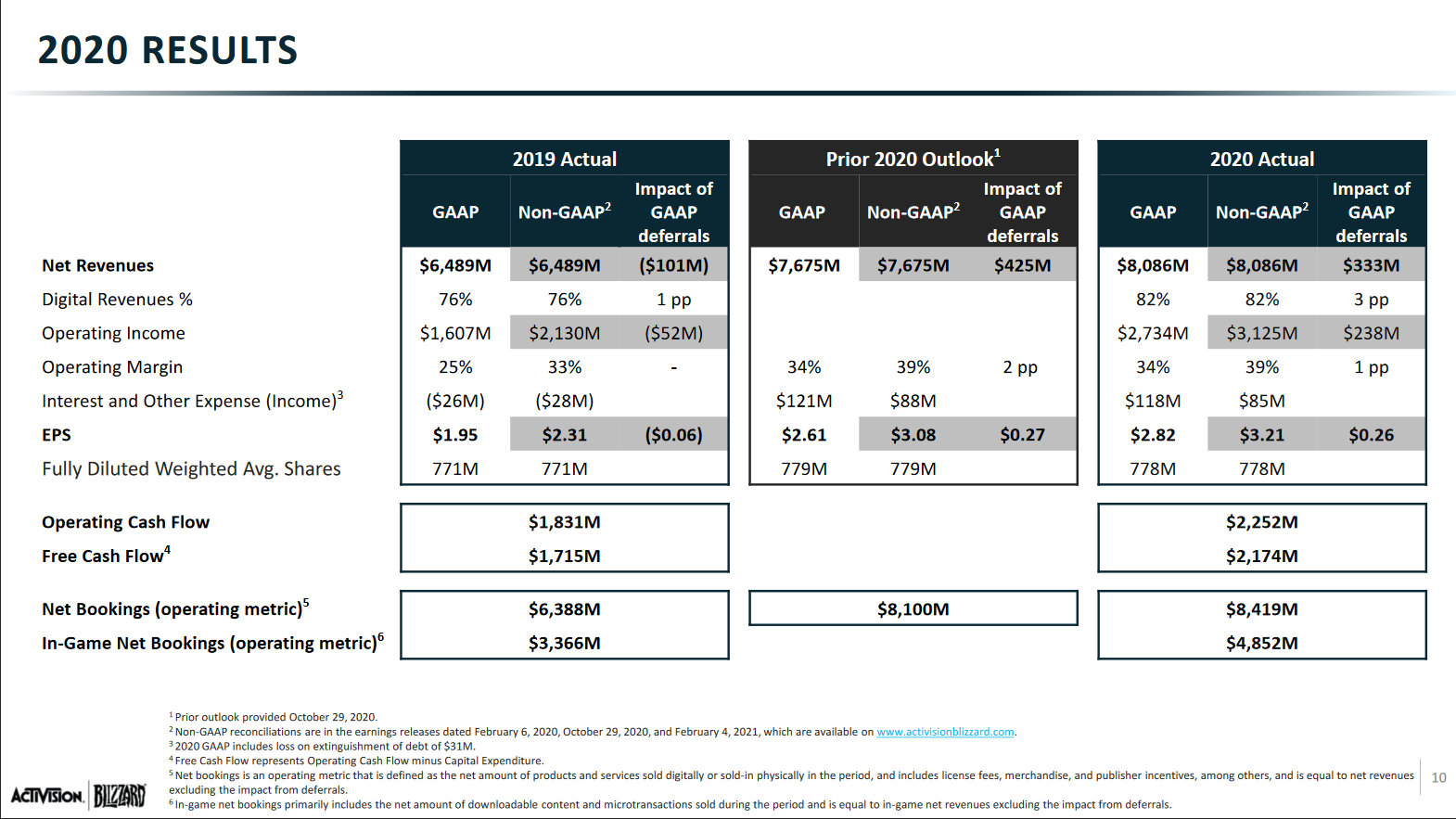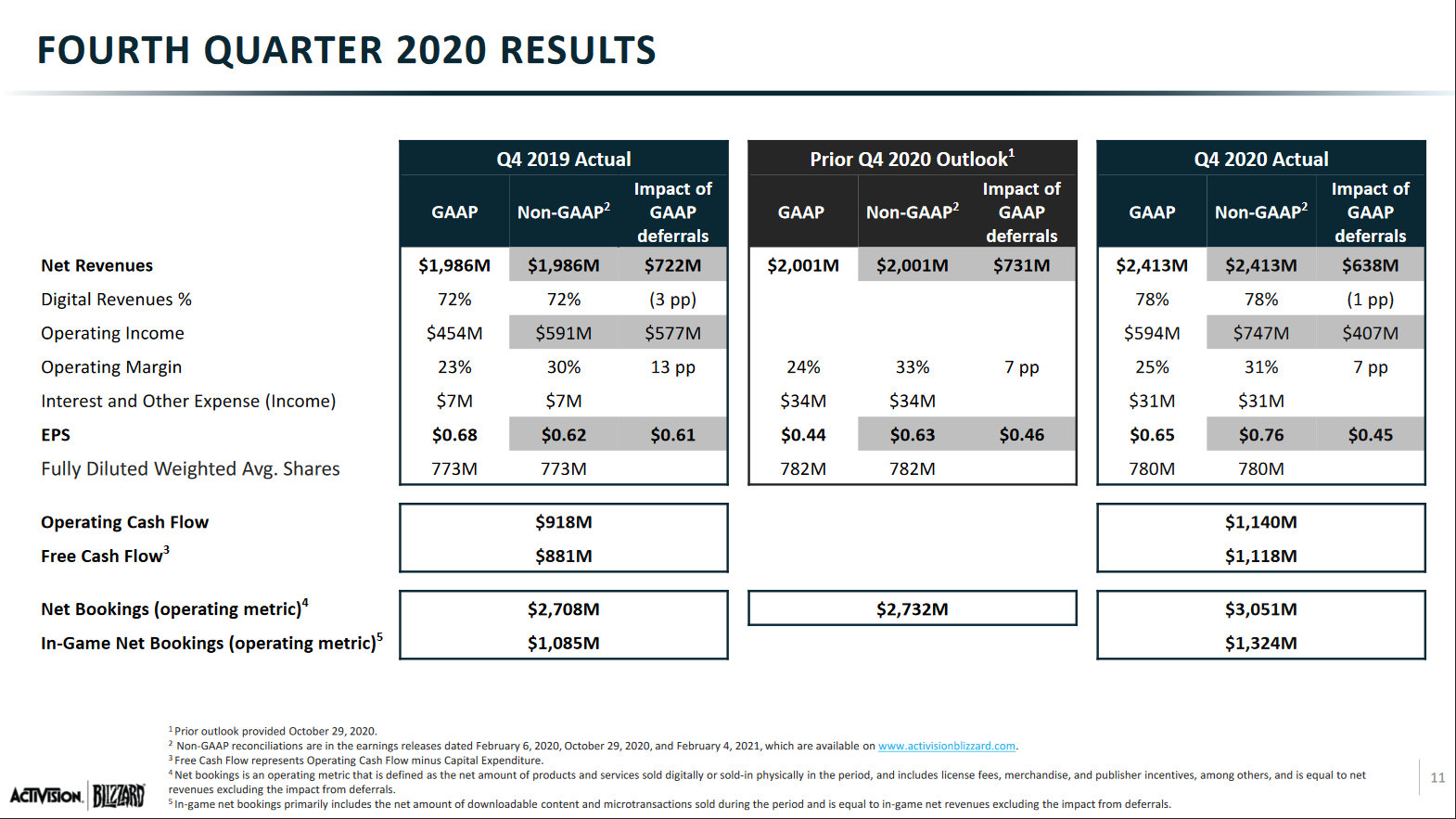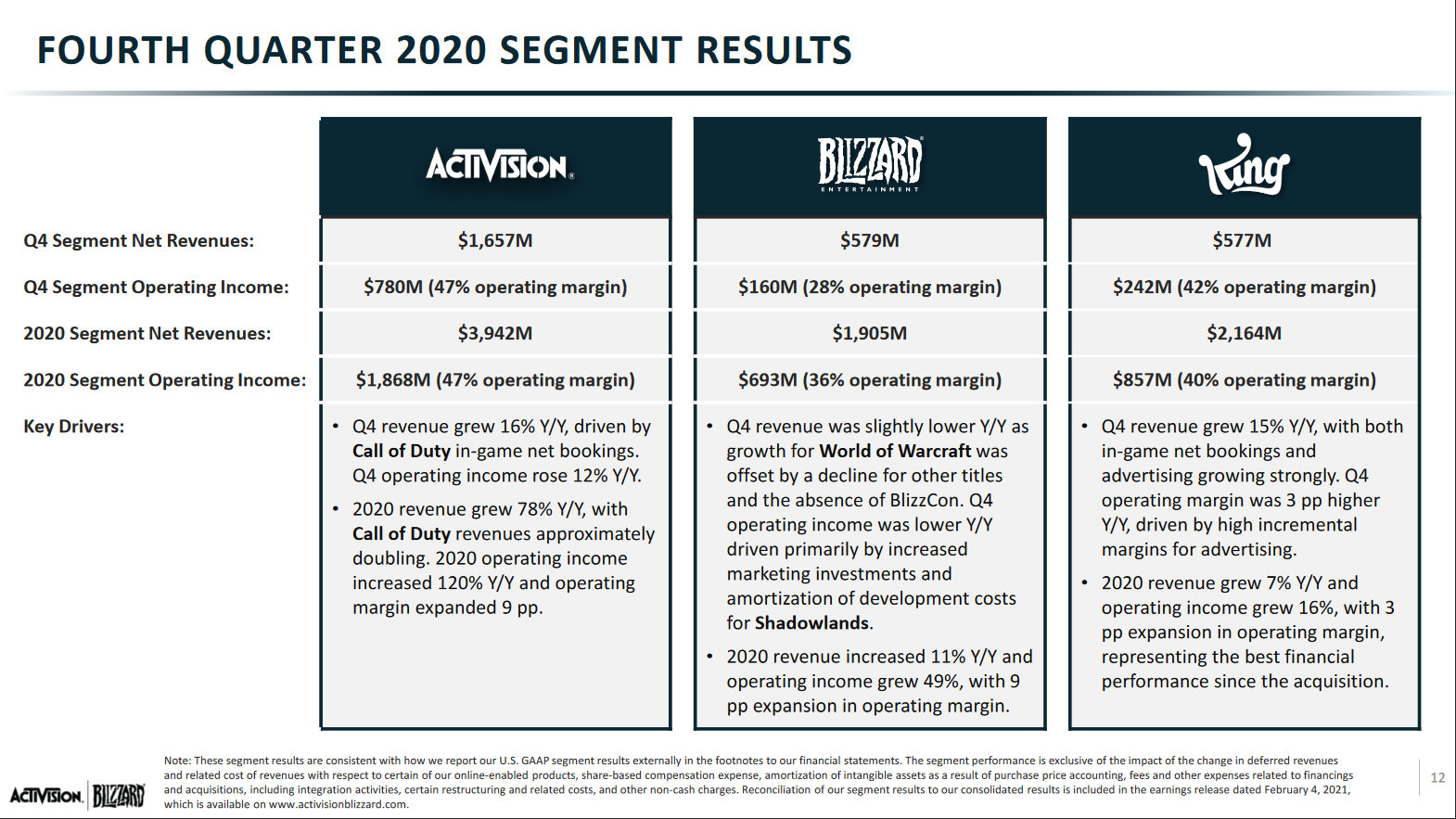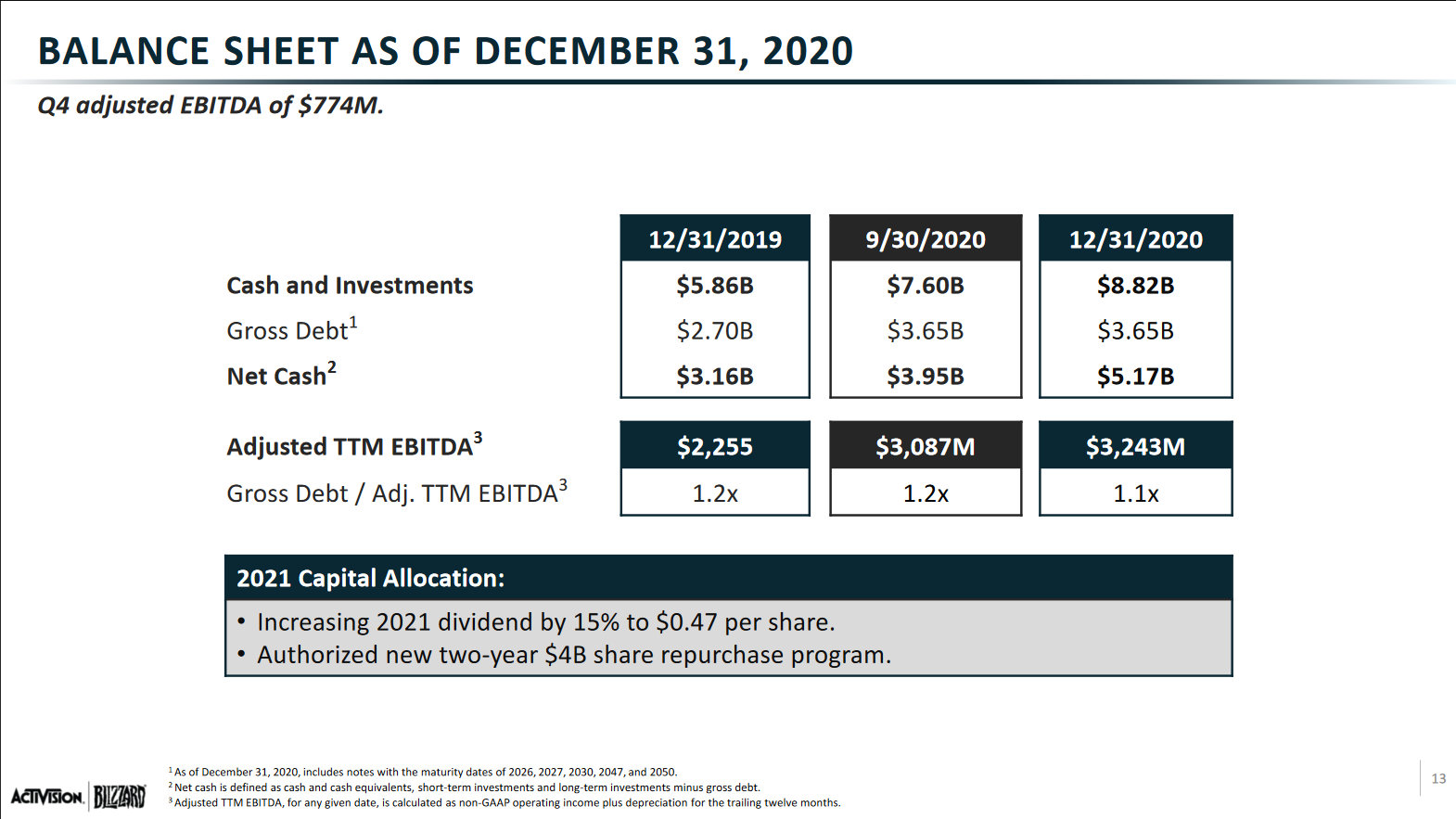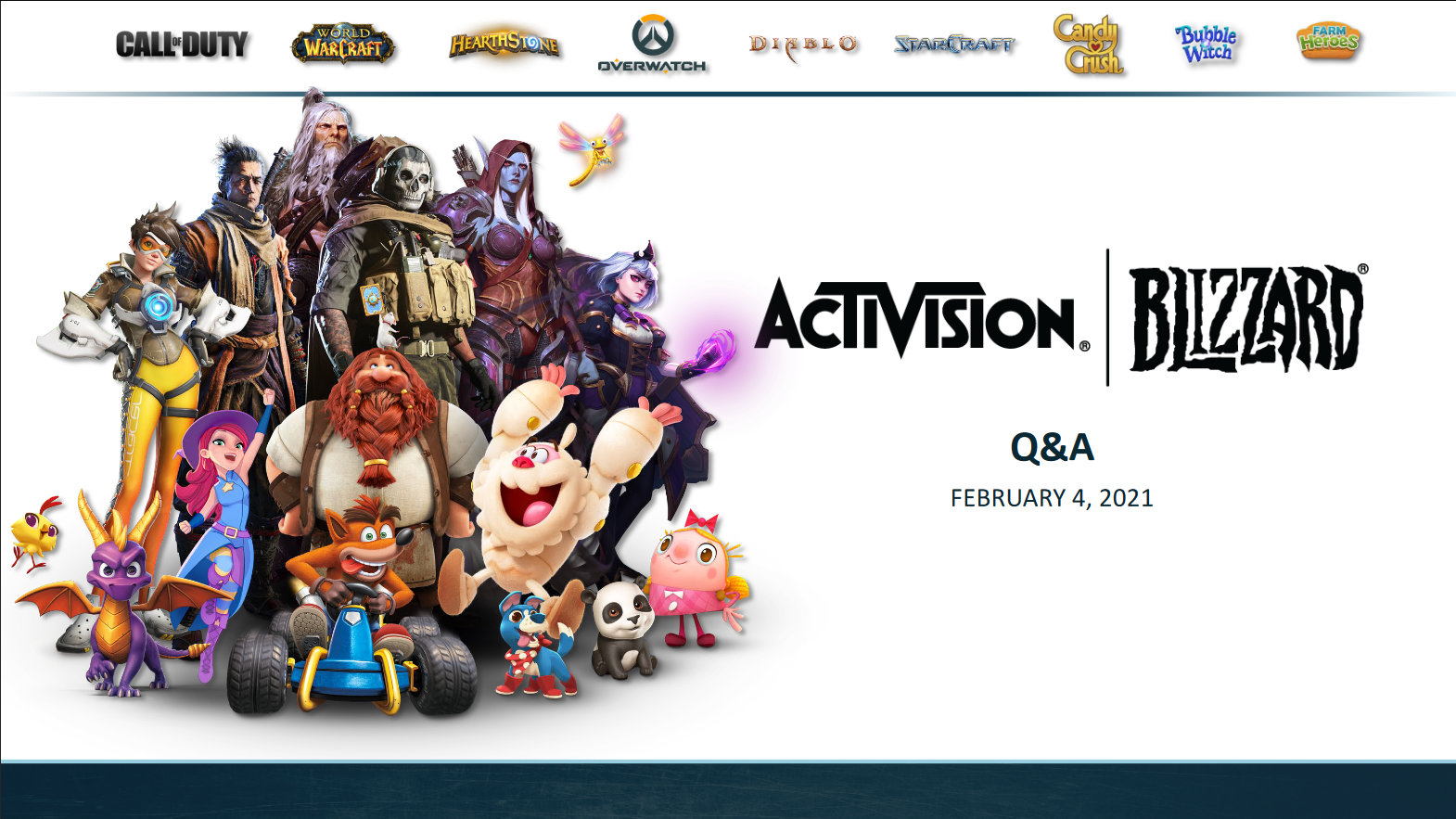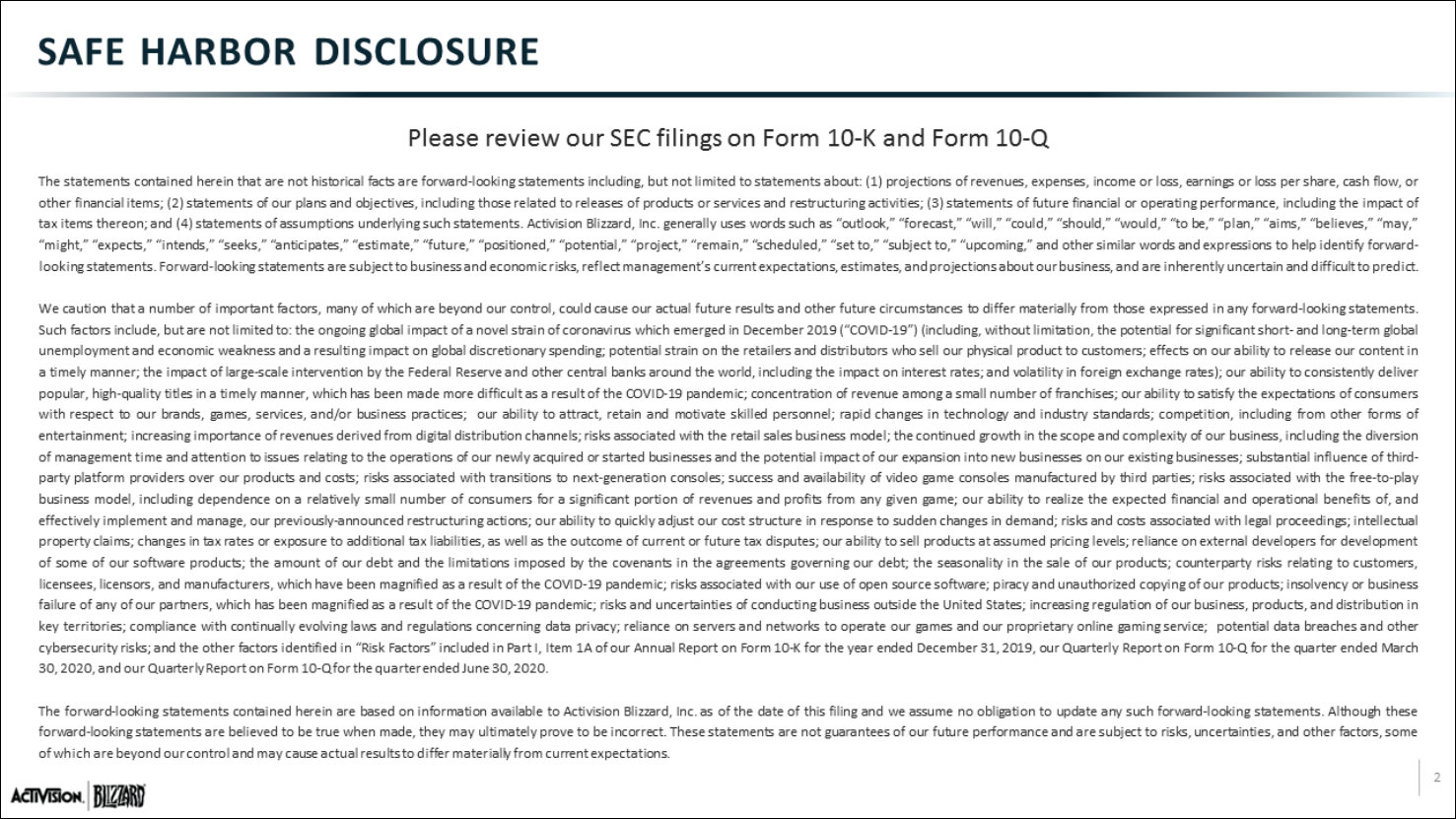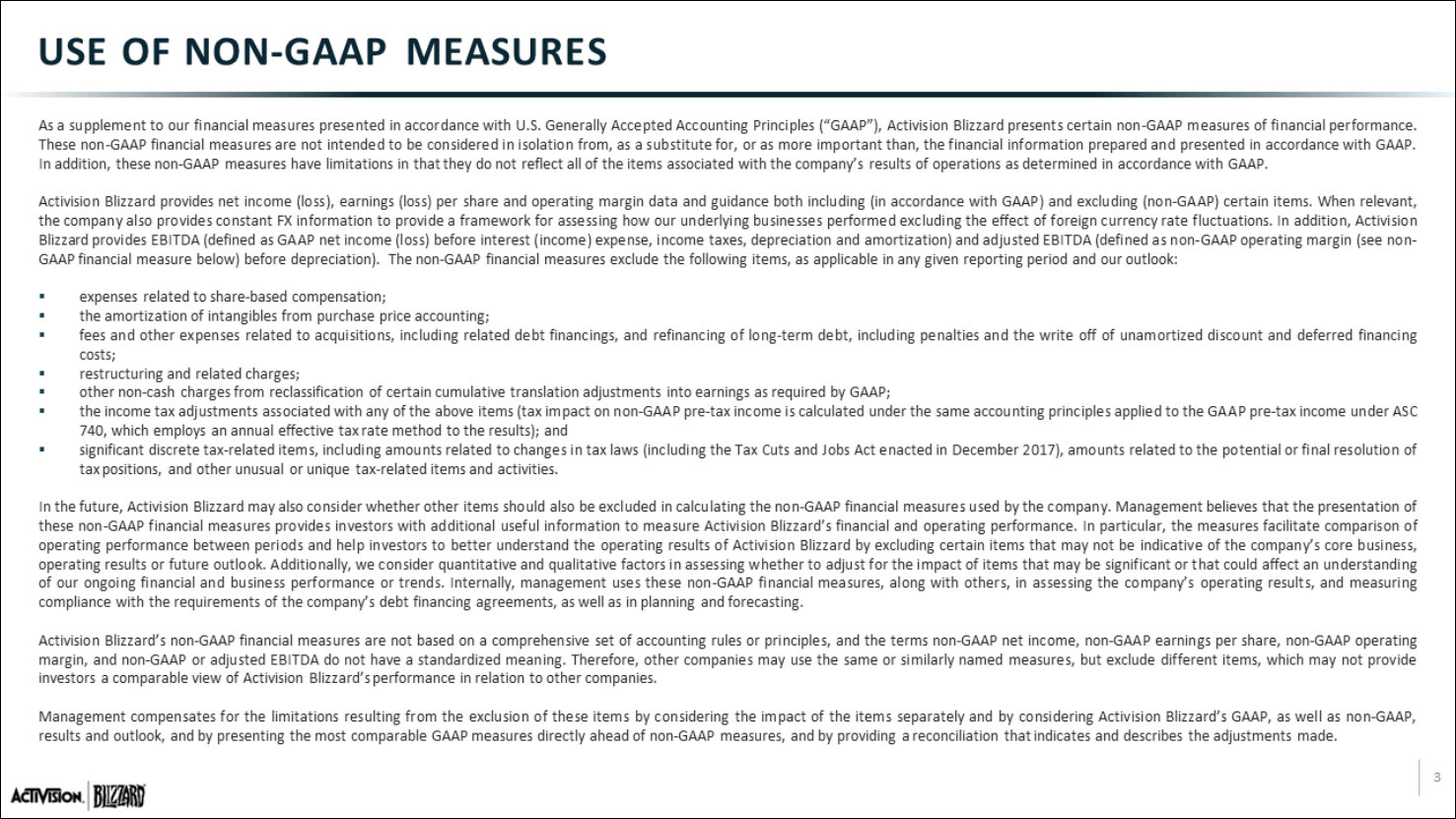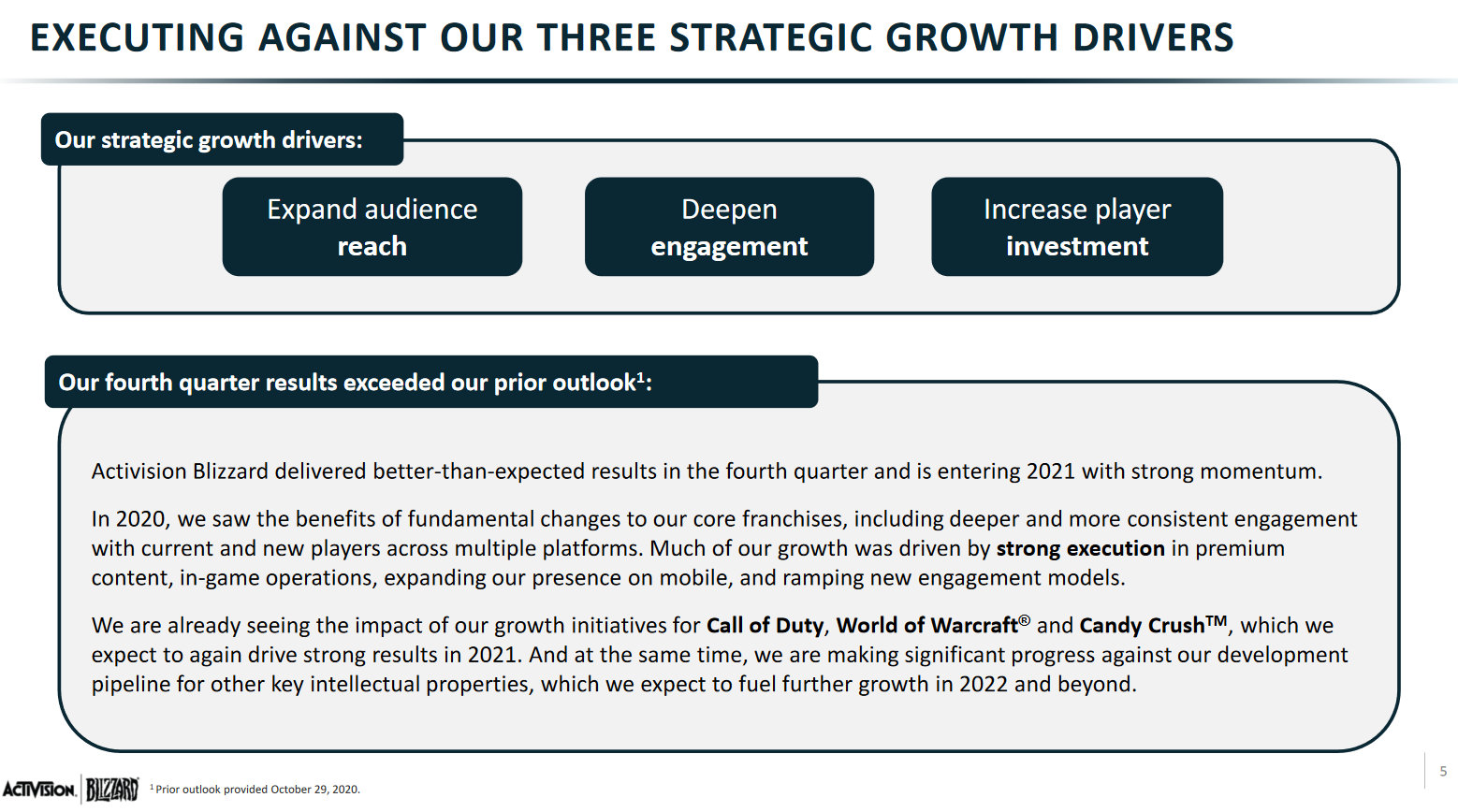The Activision Blizzard Q4 2020 investors call was held today. They have confirmed that Diablo Immortal will have multiple rounds of testing and it is expected to launch in 2021.
More mobile games based on Blizzard IPs are in development. 2022 will be a great year for Blizzard Entertainment.
- World of Warcraft saw strong engagement across both the Classic and modern game modes throughout 2020, and full year franchise net bookingsB grew 40% year-over-year, reaching the highest level in nearly a decade.
- World of Warcraft MAUs grew year-over-year for the sixth consecutive quarter, contributing to overall Blizzard MAUs of 29 million in the fourth quarter.
- Fourth quarternet bookings for World of Warcraft grew sharply year-over-year, driven by strong sales of the Shadowlands expansion, subscriber growth, and high participation in value added services.
- World of Warcraft player and engagement trends since the Shadowlands release are stronger than levels typically seen at this point after an expansion launch.
- On mobile, the first stage of regional testing for Diablo® Immortal in December and January was met with very positive feedback and strong engagement metrics. More players will get to experience the game in further rounds of testing ahead of the launch planned for later this year.
- The Blizzard team is looking forward to channeling the spirit of BlizzCon® to engage and celebrate the community once again, at BlizzConline on February 19th and 20th, where they will share more about the plans for their franchises.
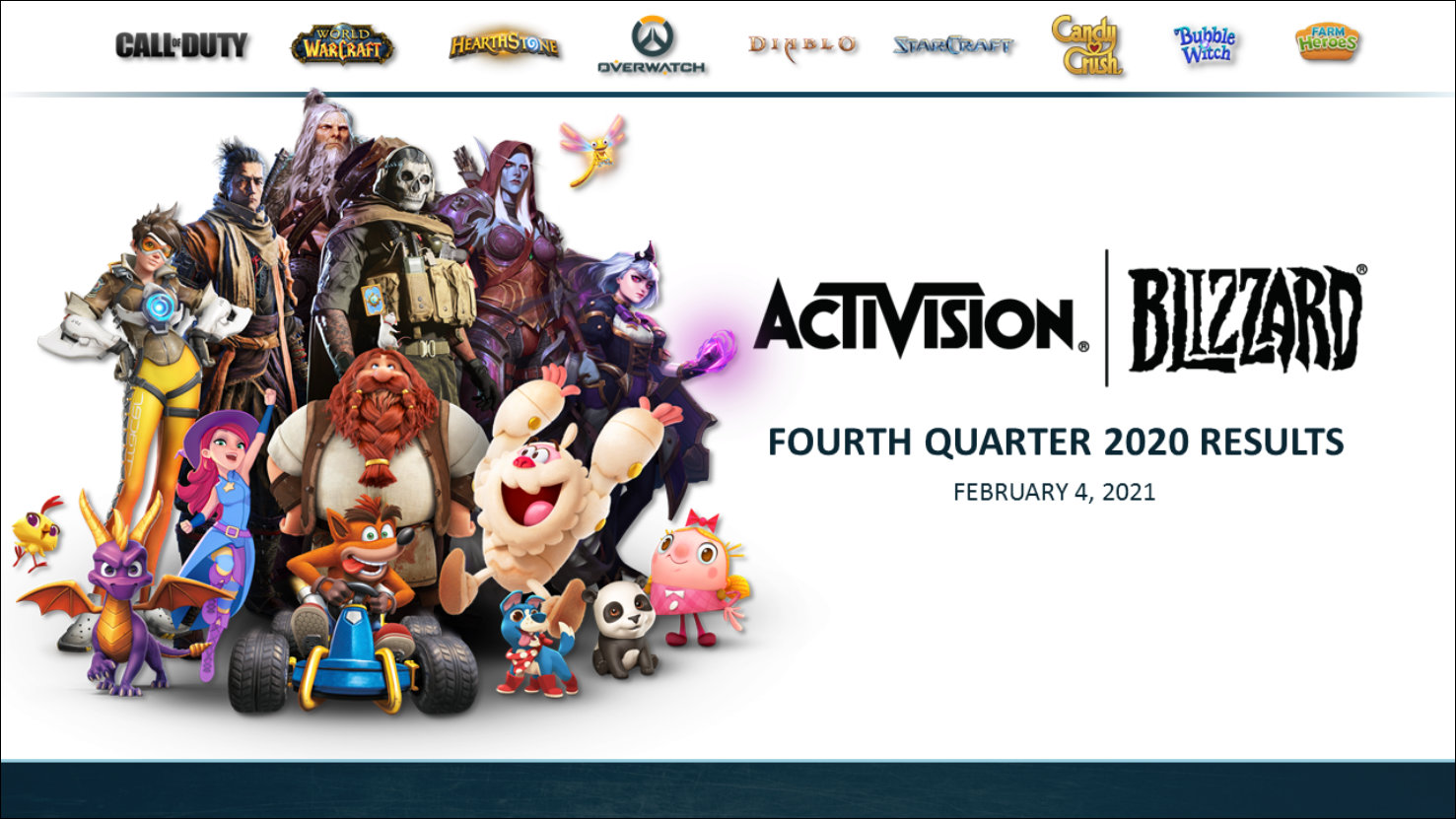
Activision Blizzard Q4 2020 Investors Call Transcript
Bob Kotick: Thank you all for joining us today. Through incredibly challenging circumstances are focused execution and increased investment in people in new content enabled us to achieve record results during 2020.
On a GAPP basis, revenues increased year-over-year by 25%. Operating income increased 70% to $2.7 billion and earnings-per-share increased by 45%. Since present management assumed control of the company 30 years ago, our returns to shareholders have been four times greater than the returns generated by the S&P 500 during the same period of time.
Our shareholders had the benefit of our strong financial performance in 2020, and our 400 million players had the benefit of the connection and joy our games delivered each and every day. In a year filled with adversity, our mission connecting and engaging the world through Epic entertainment has never been more important.
I'm incredibly proud of our employees and the way they responded with resilience, compassion, and dedication to support each other and our communities. And with almost 400 million players in 190 countries, our games welcome some of the most diverse audiences in the world. We have long understood that we simply cannot create broad appeal entertainment without diverse views, voices, and talents.
To that end, we continue to invest in initiatives to identify and develop emerging leaders and exceptional talent, both within our company and throughout our industry and other sectors, our company and our employees remain committed to the communities in which we operate. One important example of our community commitment is the Call of Duty endowment.
Our efforts to place veterans in high quality jobs provide our company as well as thousands of other employers with the most dedicated, ambitious, disciplined, and hardworking talent. We resolutely believe the heroes who serve their countries to protect Freedom and Liberty deserve special opportunities as a result of their service.
With unemployment rates, skyrocketing, we still manage to achieve our most successful year ever placing over 15,000 veterans into high quality jobs in 2020. Of those we helped place last year, 21% were women and 28% were black -- metrics in which we take great pride considering that women veterans, and black veterans composed just 10% and 12% respectively of the U.S. veteran community.
Since 2009, we funded the placement of 81,000 veterans into new jobs, but now more than ever, we must ensure that our dedicated public servants have access to the very best employment opportunities. We've also sought to create career pathways for talented young people, especially from backgrounds that have been historically underrepresented in tech and entertainment.
Our investment in Management Leadership for Tomorrow has allowed that organization to grow its extraordinary career preparation program, doubling the number of participants and equipping high achieving black, latinex, and indigenous Americans with skills and coaching to accelerate their careers. Our support for the United Negro college fund has funded scholarships for some of our nation's most promising youth.
These initiatives further remind the 10,000 people who work at Activision Blizzard that purpose and meaning is the most powerful way to broaden the connection and engagement that our games offer to so many. Our employees around the world, they're determined to serve our audiences and deliver exhilaration through accomplishment, provide welcome unnecessary distraction during turbulent times, and enable moments of solace and comfort throughout the day. We create safe venues that reward unity and celebrate our differences. Differences that sometimes unnecessarily divide our society. Gaming connects people more deeply than any other form of media; and video games are redefining what it means to interact socially.
In 2020, we introduced even more ways for players to connect and find community, particularly in Call of Duty. Our approach to the franchise has become the roadmap we are now applying to many of our other games. Within Call of Duty, we have meaningfully expanded social connections and improved engagement through free to play experiences on mobile phones, computers, and game consoles.
These initiatives expanded franchise reach with over 215 million people playing Call of Duty last year, more than tripling the 70 million people who played Call of Duty in 2018. Our approach has made the franchise more social than ever benefiting both our players and our business performance. Call of Duty players who play in groups with friends, spend over three times more hours in the game and invest around three times more on end-game content compared to other players.
And we've really only just started to scratch the surface of what's possible for social interaction within our franchises; and we have initiatives underway to enhance the social nature of all of our key franchises. Call of Duty is also established a clear blueprint for franchise-based innovation; and we're applying this strategy across our other core franchises to grow reach, engagement, and player investment.
As I mentioned, we had roughly 400 million monthly active players in 2020, and we're accelerating our path to reach 1 billion players as we apply the Call of Duty framework across our other wholly owned franchises. Of course, we always begin the process with inspiration and creativity. We then offer great gameplay through free-to-play access to all consumers, availability on their mobile phones and continuous regular delivery of in-game content and premium content.
In Call of Duty, we expect further growth, both in our traditional regions and new countries. As we continue to enhance the player experience across all platforms.
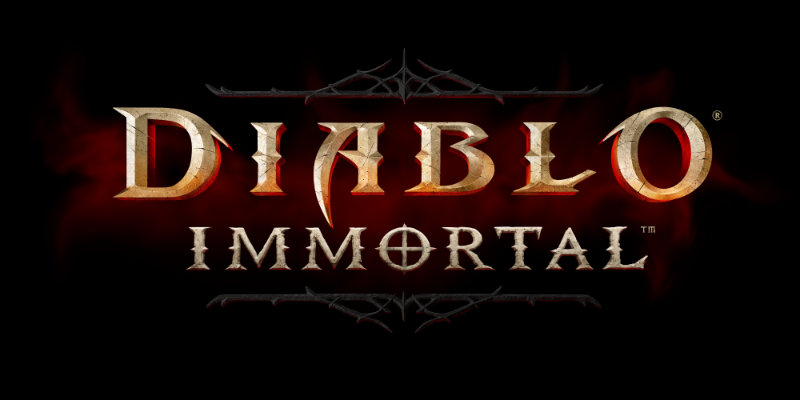
In the Diablo franchise, Diablo immortal, our upcoming free-to-play mobile title was extremely well received during its recent regional testing; and this has set the stage for the franchise to meaningfully expand its global reach. In addition to launching new Diablo content this year, our highly anticipated Diablo IV is on the horizon. As we execute on our Diablo pipeline, we expect the franchise to contribute meaningfully to our reach, engagement, and player investment growth in the coming quarters and years ahead.
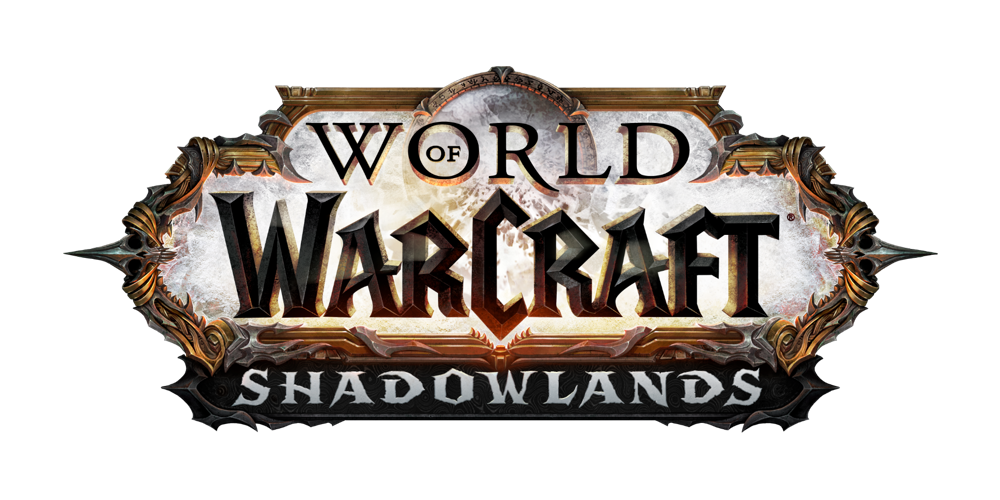
In our Warcraft franchise, we intend to deliver more frequent premium content to sustain and expand the World of Warcraft community; and we’ve made multiple mobile free-to-play Warcraft experiences; and they’re now in advanced development, based on our franchise’s beloved IP. This will create opportunities for both existing players and new fans to experience the Warcraft universe in entirely new ways.
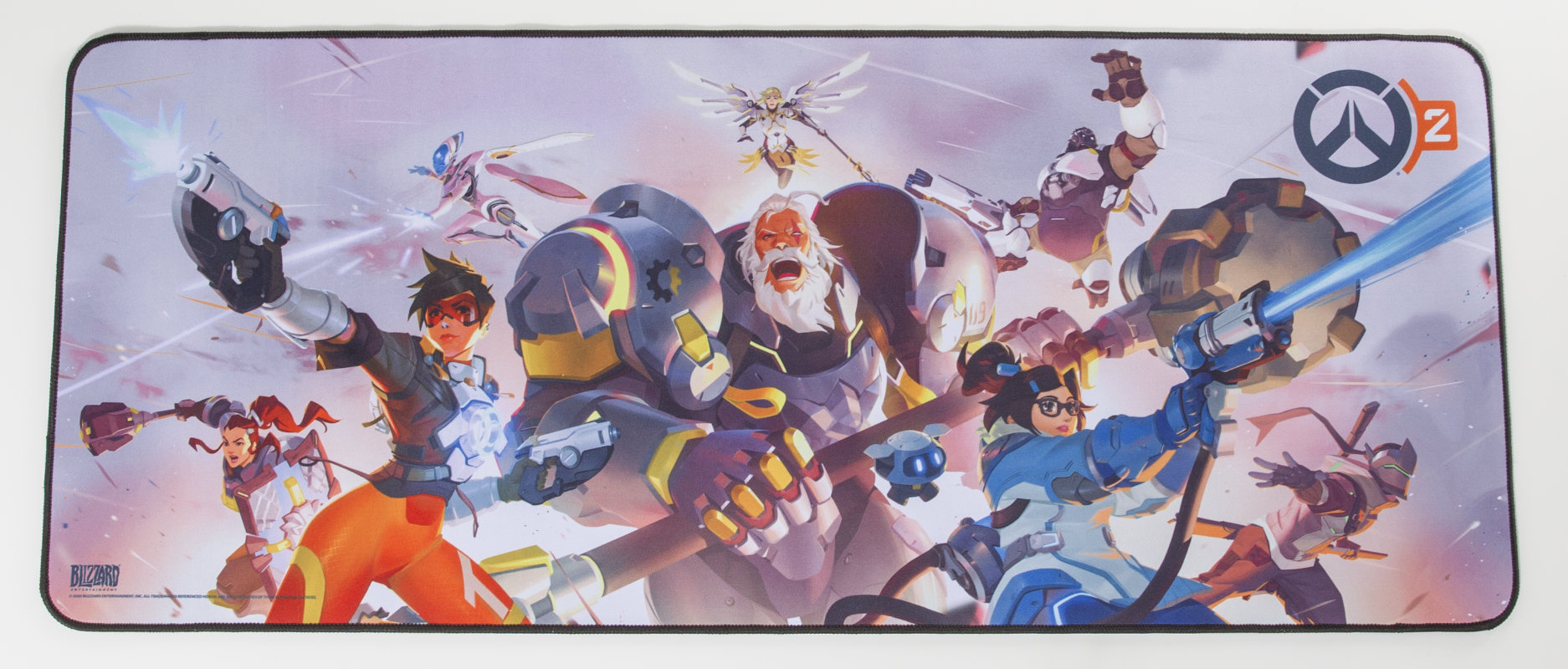
For Overwatch, we intend to not only reinvigorate the franchise for the existing community, with the launch of Overwatch 2, but also substantially broaden the community through business model and growth initiatives across platforms.
As we expand the opportunities for fans to engage with our games and our intellectual property, overall, we expect our strong financial performance to continue. Three franchises generated over $1 billion in net bookings in 2020; and we’re on a clear path to further increase their growth, engagement and monetization. We expect at least two additional franchises will reach similar scale over the next couple of years.
We plan to grow earnings per share, again, this year, given the structural expansion we’ve driven in our largest franchises, and we’ll maintain our focus and further increase our investment in creative talent while continuing to reposition our business, to leverage our direct digital relationships with players, and to take advantage of the increasing demand around the world for our games.
And 2022 should see even more significant growth given our planned release of new content across multiple platforms. We’re confident that executing against their plans will allow us to realize the full potential of our portfolio of fully owned intellectual property and deliver superior shareholder returns as we have for three decades.
Of course, none of this would be achievable without the unwavering commitments of our employees and our players around the world; and of course, thank you to our shareholders for your ongoing support. Daniel will now review the highlights of our record year with you.
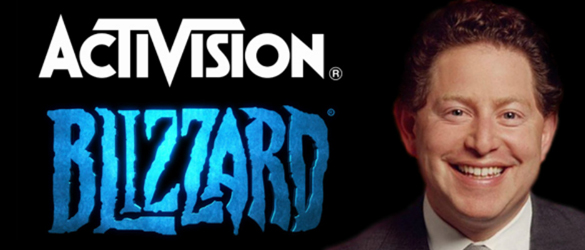
Daniel Alegre: Activision Blizzard delivered better than expected results for the fourth quarter and for the fiscal year, and we’re entering 2021 with momentum across our largest franchises. Throughout 2020, we continued executing on fundamental changes to our core franchises, investing in development resources and doubling down on content delivery.
We saw early returns from our initiatives to transform our largest franchises through compelling, premium content, more robust in game operations expanding the mobile, and ramping new engagement models, including advertising and especially expanding free-to-play opportunities to attract new players. In Call of Duty, our new approach to player engagement and investment through adding free-to-play War Zone and mobile entry points have meaningfully expanded the ways in which players can interact with the franchise.
And this is only adding to our premium proposition, creating highly differentiated ecosystem with consistent and immersive seasonal content across mobile, console, and PC. If you look back at the reach for the franchise, since we embarked on this new direction, we have seen monthly active users grow from approximately 40 million in 2018 to over 100 million in 2020, and we see more opportunities to grow the user base.
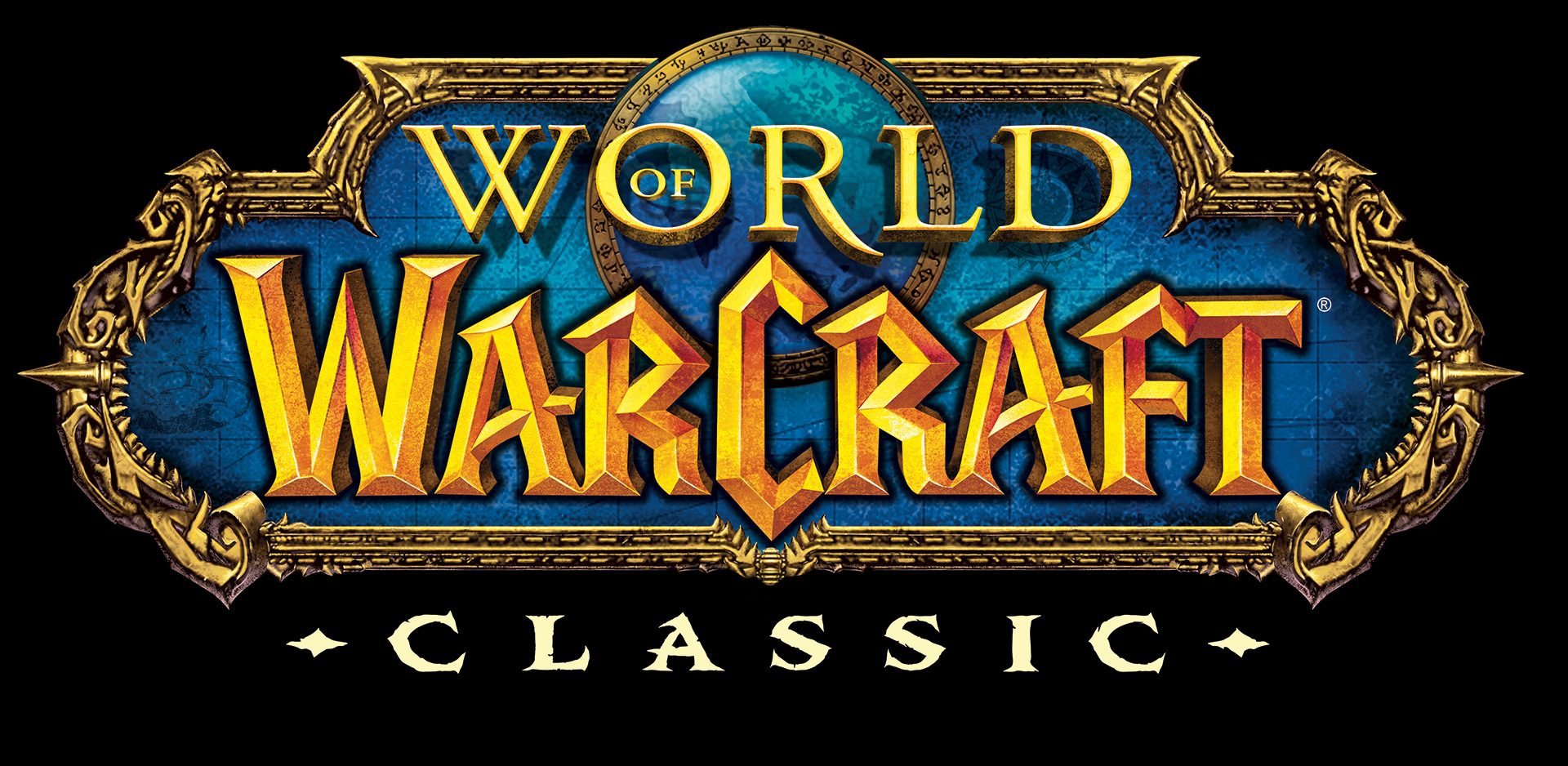
In World of Warcraft, the introduction of the classic game drove substantial growth in reach and engagement between expansions for the modern game; and we have built on this momentum with the Shadowlands expansion, which has seen a tremendous response. We have multiple initiatives underway to ensure players can continue to experience the magical Warcraft on a more consistent basis and on more platforms than ever before.
Throughout 2020, we also continued to invest in building our direct digital relationship with players, including through Battle.net — the entry point for tens of millions of players on PC to access our games each month. Since inception, over 400 million accounts worldwide have been created with multiple forms of payment. Our record results illustrate our opportunity to drive step changes in the reach, engagement and player investment of our franchise.
While our business has benefited from industry tailwinds in 2020, much of our growth was driven by strong product and commercial execution. We expect our growth initiatives for Call of Duty, World of Warcraft, and Candy Crush to again drive strong results in 2021; and we believe all of our large franchises we’ll see meaningful user growth, engagement, growth, and player investment growth over the next two to three years.
We are making significant progress against our development pipeline for key intellectual properties, which we expect to fuel further growth in 2022 and beyond. We have more new content being created that at any time in our history, and we expect our content-related investment in 2021 to be almost 40% higher than in 2019.
As we adapt the Call of Duty model, creating free-to-play entry points across new platforms and geographies, increasing social functionality and frequency of content delivery, as well as improving player investment opportunities, we are very confident we can continue to grow at an accelerated pace. Now let’s review our Q4 and full year operational highlights, and then we will provide more insights into our future plans.
At Activision, 2020 was an extraordinary year for reach, engagement, and player investment in our Call of Duty franchise. Life to date consumer spending of around $27 billion makes it one of the most successful entertainment franchises of all time. Yet the franchise delivered a structural change in 2020 with net bookings, approximately doubling year-over-year; and we expect further growth this year.
Activision's monthly active users (MAUs), a 128 million, marking the fifth consecutive quarter with more than a hundred million players driven by Call of Duty. This level of scale for the franchise leads to better gaming experiences for the community, provides more data for us to continue to improve in our experiences and creates more opportunities for player investment.
Call of Duty momentum continued into the fourth quarter, the biggest quarter of the year with net bookings growing double digits year-over-year, the November launch of Black Ops: Cold War -- the newest premium Call of Duty experience -- further expanded the ecosystem across console and PC. Monthly active users (or MAUs) on console and PC grew approximately 70% year-over-year in the fourth quarter; and time spent in game more than doubled.
Our premium business has never been stronger. Full year premium unit sales grew over 40% year-over-year with a further strong shift to digital premium downloads. In December, we launched the first season of Black Ops: Cold War in-game content and integrated the game with Warzone. This drove strong acceleration and premium sales with unit scoring sharply year-over-year in December and January.
Again, demonstrating the power of our free-to-play experience in driving demand for our premium content; and in-game player investment also continues to have momentum. In game net bookings on console and PC are more than 50% year-over-year in the fourth quarter. And the first season of black ops and war zone content that is still underway has seen the highest number of battle passes consumed since we introduced the investible season content pass in late 2019. Call of Duty mobile delivered its best quarter yet with strong double digit growth in that bookings year-over-year. As we increase developer resources for mobile, the expanded team has continued to enhance gameplay and deliver even more compelling seasonal content for players.
This increased capacity on the mobile title is clearly paying off with monthly payers in the West, reaching the highest level yet in Q4 with average spend per payer increasing strongly year-over-year. And then late December, Call of Duty mobile also launched in China, bringing the franchise to the largest mobile market in the world.
The game quickly reached the top of the download charts with over 50 million installed to date. Once again, illustrating the global appeal of a franchise and setting the foundation for a meaningful contribution in 2021. The Call of Duty League will kick off its second season next weekend. Fans will get to enjoy even more large-scale competitive play this season as it's 12th city-based teams compete in a new tournament style format in the Black Ops: Cold War era.
Call of Duty is entering 2021 with the largest player community it has ever had to start a year; and with a compelling pipeline of live operations and seasonal content across PC, consolen and mobile; and now mobile momentum in China, our focus will be to continue to expand the reach of our franchise while sustaining deep engagement for existing players.
Now turning to Blizzard. Blizzard is committed to improving consistent innovation and content delivery for its dedicated players. World of Warcraft had a very strong year with net bookings growing over 40% year-over-year to the highest level in nearly a decade. Fourth quarter net bookings for the franchise grew by a double digit percentage year-over-year driven by strong sales of the Shadowlands expansion, subscriber growth, and high participation in value added services.
World of Warcraft reach expanded year-over-year for the sixth consecutive quarter, contributing to overall Blizzard MAUs with 29 million in Q4. The trends for reach and engagement after the launch of Shadowlands are even stronger than the levels we typically see at this stage, after an expansion launch.
With both the modern and the classic modes continuing to operate at global scale, Blizzard has more opportunity to delight and engage the World of Warcraft community than ever before. Looking forward, the multiple Warcraft teams have an unwavering commitment to innovation and expansion for reach, engagement and player investment through more new content initiatives across platforms, positioning the franchise for further growth in 2021 and beyond.
The Overwatch franchise continues to engage its community with in-game content and to celebrate its players in the Overwatch League, where teams are preparing for the start of the 2021 season in April — and mobile remains a top priority at Blizzard, both to give existing fans new ways to engage and to allow new players to experience its franchises.
Diablo Immortal concluded its first stage of regional testing with very positive player feedback, a lot of excitement about the depth and authenticity of this latest Diablo experience and strong engagement metrics.
We look forward to getting the game in the hands of more players in further regional testing ahead of a launch planned for later this year; and the Blizzard team is looking forward to channeling the spirit of BlizzCon to engage and celebrate the community once again, at BlizzConline on February 19 and 20, where they will share more about the plans for the franchises.
Across the business, focus and execution on our largest franchises delivered another strong quarter in our most successful year. This performance represents a base from which we intend to build, and as you will hear from Dennis, we expect another strong year in 2021 driven by momentum and ongoing execution across our largest franchises.
We are also making clear progress in our other initiatives to expand the scale of the other key franchises in our portfolio, which are set to drive further growth next year and beyond. At Blizzard in particular, our teams are hard at work on Diablo IV, Overwatch 2 and multiple mobile titles. We have further bolstered head count on key franchises, supporting the team’s plans to follow these ambitious titles with compelling content that sustains Blizzard’s communities over the long-term.
The pipeline is progressing really well, and we anticipate that 2022 will be a great year for Blizzard. To achieve these plans, we will continue to invest in growing creative talent across our key franchises, funding this through efficiencies as we continue to better leverage the talent, expertise, and scale of our business units.
We will also continue to invest in our Battle.net platform and ensure that we are leveraging the direct digital relationship we enjoy with our players to efficiently maximize the reach of our new content. We believe we’re only at the beginning of unlocking the full potential of our portfolio, and expect another step change in financial performance in 2022 as we execute against our pipeline.
Dennis will now share the detailed results of our fourth quarter in specifics for our outlook.
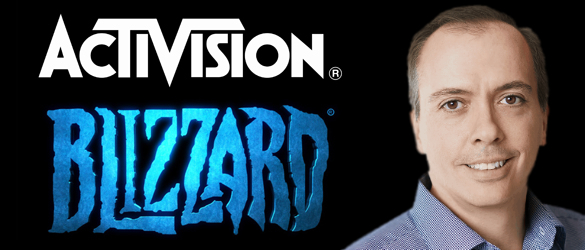
2020 RESULTS
Dennis Durkin: Today. I will review our 2020 and Q4 results as well as our outlook for 2021 and the first quarter. All growth comparisons are year-over-year, unless otherwise indicated I will be referencing non-GAPP figures.
Please refer to our earnings release for full GAPP to non-GAPP reconciliations. Our full year results were substantially above our original outlook. This was a record setting year in which successful growth initiatives for several of our key franchises saw net bookings growth 32% year-over-year. GAPP revenues increased 25%, operating income through 70% and EPS grew 45% -- all reaching new highs.
For the year, we generated GAPP revenues of $8.1 billion. This includes the net deferral of $333 million. Net bookings were $8.4 billion. We generated GAPP diluted EPS of $2.82 and non-GAPP EPS of $3.21. These figures include net deferrals of 26 cents. Over the fourth quarter GAPP, and non-GAPP EPS were ahead of our prior outlook, reflecting business over performance at a lower tax rate.
Now let's look at segment results. For the full year, Activision revenue grew 78% with Call of Duty revenues approximately doubling. oOperating income increased 120% and operating margin expanded 9 percentage points to 47%. For the quarter, Activision revenue of $1.66 billion grew 16% driven primarily by Call of Duty in-game revenues. Operating income rose 12% to $780 million with an operating margin of 47%.
Blizzard's full year revenue increased 11% and operating income grew 49% with a 9 percentage point expansion and operating margins. Blizzard Q4 revenue of $579 million with slightly lower year-over-year as growth for World of Warcraft was offset by a decline for other titles and the absence of BlizzCon in the quarter.
Operating income was $160 million -- lower year-over-year driven primarily by increased marketing investment and amortization of development costs behind the launch of Shadowlands. Blizzard's operating margin was 28% in the fourth quarter. For the full year, King revenue grew 7% with operating income growing 16% and margin expanding three percentage points.
King grew revenue 15% year over year to $577 million in Q4 with both in-game net bookings and advertising growing strongly. Operating income was $242 million with an operating margin of 42%, three points higher year-over-year driven by high incremental margins from advertising. Our business continues to shift to more recurring and digital revenue streams driving structurally higher margins over time. In 2020, in-game net bookings grew 44% year-over-year to reach 58% of net bookings; and digital net bookings grew 45% to represent 85% of total net bookings.
A record performance on the income statement also drove record full year cashflow. Annual operating cashflow grew 23% to $2.3 billion despite cash payments for tax soundness. For the full year, free cash flow defined as operating cash flow, less capital expenditure grew 27% to $2.2 billion.
Our cash investments at the end of December was approximately $8.8 billion with net cash of approximately $5.2 billion. Turning to capital allocation, we entered 2021 with a strong balance sheet and significant flexibility. As always, we continue to take a disciplined and balanced approach to capital allocation. With this in mind, our board has authorized for the 11th year in a row and increase in our annual dividend. This year to 47 cents per share and increase of 15% over the prior year, which will be payable in May.
And also our board has adopted a new two-year $4 billion share repurchase authorization. An increase from our prior $1.5 billion share repurchase authorization. Now let's turn to our outlook for 2021. First, I will provide some context. Much of our success in 2020 was due to strong product and commercial execution, driving structural improvements in our largest owned franchises.
While we believe we benefited from various sheltered-at-home requirements, we are seeing continued strength, even in markets where restrictions of the East. Overall, we were entering 2021 with momentum in our biggest franchises and a pipeline of content and growth initiatives that we expect will enable each of our segments to grow operating income for the full year 2021.
Activision enters the year with strong momentum for Call of Duty and has a fantastic pipeline of in-game content ahead, across all platforms. We will benefit from a full year of Warzone, driving upgrades to our premium content and incremental in-game player investment; aand we have a substantial opportunity to continue migrating the community to Black Ops: Cold War, as well as another strong premium release planned for Q4 in 2021.
In our outlook, we are conservatively assuming Call of Duty premium units are lower year-over-year. However, with opportunities in in-game, across all platforms, including the ramp up of Call of Duty: Mobile in China, we do expect growth in net bookings overall for the Call of Duty franchise.
We expect Blizzard’s net bookings to grow given the momentum in World of Warcraft and the other growth initiatives we have in the business.
Our outlook does not include Diablo IV or Overwatch 2 launching in 2021; and while Diablo Immortal is progressing well, and we anticipate its launch later this year, we don’t have any material contribution from the title in our outlook presently. We expect top-line growth at King, primarily by ongoing growth in Candy Crush, across both in-app purchases and advertising.
We assume relatively little contribution from the release of Crash Bandicoot: On the Run as is customary for new mobile titles. From a margin perspective, our outlet perfects further GAPP and non-GAPP operating margin improvement year-over-year, building off-the-record margin performance in 2020 with ongoing benefits from an increasing mix of digital revenues and operational discipline.
Now let's turn to the numbers: on a GAPP basis for 2021, we expect revenues of $8.23 billion, including net deferrals of $225 billion. We expect net bookings of $8.45 billion. A GAPP operating margin of 36% GAPP and non-GAPP share count of $787 million and GAPP EPS of $2.83.
For 2021 on a non-GAPP basis, we expected operating margin of 41% and non-GAPP EPS of $3.34, including net difference of 26 cents. Now let's turn to our Q1 outlook. On a GAPP basis, for Q1, we expect revenues of $2.02 billion -- including the net recognition of deferrals of $265 million. We expect net bookings at $1.75 billion, a GAPP operating margin of 30%, GAPP and non-GAPP share count of $784 million, and GAPP EPS of 59 cents.
For Q1 on a non-GAPP basis, we expect an operating margin of 42% and non-GAPP EPS of 84 cents, including the net recognition of deferrals of 19 cents. In summary, 2020 was a record year for the company; and as our 2021 outlook indicates, we believe the business has reached a new structurally higher financial profile following our actions to expand our largest franchises, but there is much more to come.
Our pipeline has never been stronger, and as we look beyond 2021 and plans for 2022, we are looking forward to delivering some of the most eagerly anticipated content in the industry. In addition to our regular cadence of content across Call of Duty, World of Warcraft and Candy Crush — we expect Blizzard to release major new titles across console, PC, and mobile contributing to another step change in financial performance for the company, next year.
We are confident that delivering against our plan will continue to deliver strong shareholder value over the long-term. Now I welcome our business leaders, Jay Allen Brack, Humam Sakhnini, and Rob Kostich, as they join us for the Q&A portion of the call operator.
Investors Call Q&A
Operator: Thank you. We will now begin the question and answer session. To ask a question, you may press star, then one on your touch phone. If you’re using a speakerphone, please pick up your handset before pressing the keys. To withdraw your question, please press star then two. And at this time we’ll pause momentarily to assemble our roster.
And the first question will come from Tyler Parker with KeyBank capital markets. Please go ahead.
Tyler: Hey, thanks for the question guys. I'd like to touch on Call of Duty first, I guess. So first off now that you've launched a new addition to the franchise with Black Ops: Cold War and integrated data in the Warzone, I guess what we are learning so far has it gone as expected and then following up on that, does this reinforce your competence, maybe in the strategy going forward, or did you come away with any new ideas on how to integrate this feature releases into the Warzone experience?
Rob: Thanks for the question. You know, as you mentioned, Warzones now, tightly integrated both with Black Ops: Cold War and Modern Warfare; and this was a really big effort by our development teams across content progression and game systems, and a lot more. And overall, as we've noted on the call, it's gone extremely well.
Now, we had historic fourth quarter engagement across our premium games and Warzone. We have record second year sales for modern warfare in 2020. And also the black ops cold war sales started strong, even gained momentum, you know, in December when we launched season one. And the great news is we're seeing positive momentum early in this quarter as well.
Now that sets your question. We learned a lot through this integration and I'd say here's probably a few of the top lines. Black Ops: Cold War brought a ton of content to Warzone. It had over 30 new weapons, new operators, and a lot more; and this was a massive update that required a lot of resources on our side.
And having gone through this integration, we now have even a greater sense for how we can make these transitions work even better and smoother for all of our players in the future; and this is really important for us because Warzone's going to be front and center for us for a long time; and on that front, I'd like to take a moment to thank our players for their content and continuous feedback on all aspects of the game.
It's something we listened to each and every day, and it's important to our process. Now overall on the content side, the community responded really well to Blck Ops content. As we saw with battle passes, as you heard those being increased in off to a record start, our upsell was strong and our engagement really spiked in the fourth quarter, particularly around the season one launch in December when a ton of Black Ops content came in. Now, this has only strengthened our commitment to the community to continue to bring compelling new content to both premium and free-to-play players on a regular basis. And that said, we know our player expectations are very high for new content and rightly so. We want to make sure we over-deliver on that front as we move forward.
I'd say another insight that became evident to us over the course of the year and in the fourth quarter, is that Warzone has just become the best way for us to communicate with our fans. So in the game itself, events like the reveal of Black Ops: Cold War were fun for the community. It attracted like a large and engaged audience.
It also had a great impact on our results. On the marketing front, on a year-on-year, now we've more than doubled the number of players who have opted into marketing from us and that'll provide a great ongoing benefit; and additionally, we've also seen great results on conversion with our free premium trials with the free-to-play audience in Warzone.
So net, having this direct relationship and dialogue with our community really puts us in a unique position relative to other forms of entertainment, to communicate to really a broad, broad audience, and also relative to other many other games. So your last part of your question overall, we feel really good about, and very confident in our strategy going forward.
Warzone will continue to be a central part of that future content planning. It's where our entire community can come together and experience the latest franchise has to offer; and our goal remains the same, whether you're a premium or free-to-play Call of Duty player, we want to provide everyone with incredible gameplay experiences and we're going to continue to invest significantly across all fronts to support that effort for the community. Thank you.
Operator: The next question will come from Eric Sheridan with UBS. Please go ahead.
Eric: Thanks for taking the question. Um, hope all is well and happy new year to the whole team. Um, can you comment maybe on how titles continue to perform in the COVID-19 environment?
We still find ourselves in, in, in most of the world, maybe as a follow-up what’s some of the key learnings or behaviors you think may be either permanent or transient coming out of COVID-19 and how we should think about that as hopefully we move away from the virus and back to a normalized environment as we go through 2021 and into 2022.
Daniel: It’s Daniel Alegre and happy new year. And thanks for the question. Uh, first as Rob said, I just really want to take this opportunity to thank our development teams for their incredible resilience and real dedication to our mission. I know it hasn’t been easy and they have just nevertheless delivered an incredible quality that our players have come to expect of all our games. To your question, the biggest factor in how our communities have grown across our portfolio really is our focus — on the execution of the new engagement, models, platforms such as with Warzone and Call of Duty that I talked about a little bit earlier. This is why I have a very strong conviction that our momentum is sustainable. We have a deep pipeline of content and initiatives within our franchises to really meet and exceed our players expectations.
Now going to the shelter-at-home, we’re seeing a consistent pattern in audience size and engagement that I referred to earlier. As you may expect, many of our key titles saw an uplift in players and engagement around the first wave of the lockdown, and engagement patterns really oscillated throughout the pandemic in particularly in countries where restrictions were eventually lifted.
But two things that we saw, one is that on our more social titles, engagement remained at an elevated level. Second, and I think more importantly, we see that for the franchises where we’re executing on our new franchise strategy, especially Call of Duty and World of Warcraft. We see engagement substantially higher than we had even as regions reopen.
And that’s why we’re just so focused on making content available across all platforms, enabling us to reach much wider audiences globally and connecting players through our games, and through this COVID time, that connection that players have found has really been special, and as rewarded. Now regarding the retail to digital shift, we have seen an acceleration, obviously COVID has helped it, but this is actually a shift that’s been going on for quite some time.
And I don’t need to emphasize. The improved margins to our business from digital distribution. So across all these initiatives, I think one thing I really need to emphasize is quality is key. That’s the expectations that players have of our games and the developer teams have executed really fantastically under very difficult circumstances; and I noticed this very talented team will continue to delight our players.
Operator: The next question will come from Kunaal Malde with Atlantic Equities. Please, go ahead.
Kunaal: Hi, congrats on the strong results. Um, I was wondering if you could give us any more color on the puts and takes for the 2021 guidance. Is there anything to be aware of in terms of the phasing of that through the year, and then you also mentioned a step change in 2022. How should we think about sizing that?
Dennis: Yeah. Hey, Kunaal. It's done. It's Dennis here. Thanks for the question. As you can imagine, we do spend a lot of time putting together a full-year plan and our long-range plan as well; and we always try and be thoughtful and prudent in the numbers we put together and guide to; and this year it is no different on that front.
You did hear a lot about the strong momentum that we have, particularly in our biggest franchises. So it's always nice to start the year out strong, but each of our big three franchises really have great opportunities for growth this year; and that's really embedded in our guidance. In Call of Duty, you can see we've got obviously a full year of Warzone, and the premium integration; and as well as obviously the mobile opportunity in particular with China not being added this year; while World of Warcraft has tremendous momentum coming out of the late Shadowlands launch from last year.
Great engagement, as we've heard, on the Classic side -- which frankly will give us great momentum throughout the year -- which is kind of unusual in a non-expansion year for awhile; and then Humam and King and the Candy Crush team had a really great 2020 and the businesses really firing all cylinders, both on the in-app purchase side, the advertising side. So across our three biggest franchise, we have great momentum, and then we have a few other things up our sleeve in terms of remastered content that will unveil in due course, which should provide a further opportunity for us this year.
And as Daniel mentioned, and we sort of mentioned throughout our remarks, all of this incremental opportunity is digital -- which should allow us to continue to grow our margin as we did 10 weeks set record margins last year. So we should be able to build upon that. From a phasing point of view, our Q1 guide is obviously extremely strong and we expect that to continue into Q2.
Our Q2 will probably be roughly in the same range as Q1, and that's a little bit of tough comp versus last year when Warzone launched and some of the earliest shelter-at -home trends hit. But then you should see pretty natural phasing as you'd expect in the back half of the year.
And then, we'll have very strong momentum as you pivot, and we pivot to looking at 2022. It's obviously early and we still have work to do, but we have an incredible lineup planned across all platforms and it should be a great, great year for each of our business units with blizzard in particular, obviously driving significant financial growth.
I suggest obviously we try to model the business prudently, but when you think about the ramp up that we have with multiple bets in mobile, and the three franchises that we have operating at scale, and the opportunity to bring maybe a fourth and a fifth franchise to that, we can have a meaningful step change in our earnings power over the next couple of years.
So obviously we feel great about the trajectory for not only this year, but next year and beyond, and the opportunities are sizeable; and we're just very focused on execution, so we can realize that potential.
Operator: The next question will come from Colin Sebastian with Baird. Please go ahead.
Colin: Good afternoon and happy new year as well. Question is how should we think about the sustainability of the keen growth trajectory into the new year? And then in particular, can you discuss what levers are available to drive growth and both: reach and player investment?
Hamam: So look, 2020... It was a remarkable year for King. Earlier in the year we saw the highest daily game rounds across our network ever; and then we closed the year out in real strength. So in Q4, Candy Crush Saga posted at its highest revenue days; and we had the strongest quarter since 2014; and then across all of gains, our revenues grew 7% sequentially and 14% year-on-year. So we're really pleased with the momentum and trajectory as we enter into 2021. Now, let me talk a little bit about what drove that performance in Candy Crush. We accelerated the pace of content and feature delivery in 2020, and again, to echo everybody's thoughts... amazing execution from the teams under very difficult circumstances; but we've also invested in deeper product roadmaps in the Candy franchise, and so we had more structure around seasonal events and a lot more integrated player facing programming; and that seems to resonate quite well.
We saw the benefit of this as we saw more player investment trends. So the players in Candy Crush were up year-over-year in Q4. But broadly, we also started increasing frequency and high-impact event in live ops, in our other titles and the portfolio, and that led Farm Heroes and Bubble Witch to grow year-over-year for the second quarter and early in Q4; and so we like the momentum in that as well.
So as I look ahead in 2021 our life businesses got really good momentum and we want to continue to add to that. We think we have a good formula and we're going to continue to improve it. So we'll continue to bring a fresh slate of content and events to our players, and then we're going to compliment that with a big feature innovation -- including more collaborative and competitive social features, especially in Candy Crush; and we've seen that when we have that social connection in our games, it correlates with player engagement and player investment. So let me give you a quick example here.
We're creating more modes in the game so that it brings more players and teams together to experience the game at the same time. We're also finding ways to connect those players with each other in a large audience network that came in hand. Now if that's the momentum we're driving in the live games, what we have in 2021 is we're gearing up for a game launch later on this quarter. So we're hard at work bringing Crash Bandicoot: On the Run to our mobile audiences next month. We're super excited about working on this very iconic IP, and we've chosen the runner genre -- which is a very attractive category in mobile, because it comes with largest all volumes historically, and has the potential for mass switch.
So we'll bring this amazing mobile title to our Crash fans, but we equally are focused on broadening the franchises's audience in mobile. So when I put all those together, I feel pretty good about the momentum in 2021.
Operator: The next question will come from Stephen Jew with Credit Suisse. Please, go ahead.
Stephen: You guys have been pretty clear on ramping up engineering talent to facilitate development of free-to-play mobile, as well as your existing premium games; and I think in the past, you’ve also called out the need for franchise managers to handle the business end of customer acquisition management and monetization. So how is the availability of talent along these directions and where do you stand in terms of either having enough or not having enough resources to do all of the things that you want to do?
Daniel: Since we’re focusing our business a couple of years ago on our biggest IP and the biggest opportunities, we’ve made very great progress on expanding the development teams on these key franchises; and you’re already seeing that this increased investment is delivering really strong growth — which are in our biggest three franchises: Call of Duty, World of Warcraft, and Candy Crush; and as we look to drive the significant expansion across our other franchises, we’re also continuing to invest in talent in a few key areas. One of them, and it’s just a crystal clear opportunity for us is mobile. We’re hiring mobile developers around the world to really join our growing creative and development teams.
This is an imperative for the business, and we’re laser focused on driving that; and more broadly, we will continue to focus resources and investment on our largest franchises. That’s where we want to bring more content, more frequently to our communities, because they expect it. This is obviously incredibly relevant to Blizzard.
J. Allen Brack: It is a really good question. I think part of it is we’re coming up on a big milestone here at Blizzard where we will celebrate our 30th Anniversary as a company; and we have a great community event that is coming on February 19 and 20, and we’ll share some of the plans that we have, and the things that we’re working on that I think you should be excited about.
Daniel: And the company has accomplished a lot in the last 30 years, and when I think about our near and long-term development pipelines when you look at just the Warcraft franchise alone, there are hundreds of millions of players around the world who have either played or interacted with Warcraft through different games or different expressions of that universe; and when we bring those experiences to players, we think that there’s a lot of potential. Or beyond where we are today, especially if we get these games right. The same is true for our other franchises. So if we look at the near term for Diablo, as an example, we have AAA Diablo IV that is in development, as well as a free-to-play mobile expression in Diablo Immortal. Both teams have continued to make great progress.
Overwatch 2 is another great example. We’ve successfully passed a major internal milestone in December, and that involves testing many key features of the game with hundreds of developers across borders; and so we’re happy with how that game is progressing. So as we achieve probably these aspirations takes the right kind of talent as, as you brought up, and so we’re continuing to grow and lean in on the team and we have plans to hire more developers going forward. One of the competitive advantages that we have at Blizzard is the ability to really focus talent and bring talent from one game to another internally. That’s something that’s served us really well in the past.
I think the last note that’s important to bring up is our aspiration to bring games and players around the world across different platforms and genres. We’re always going to be led by gameplay and quality, but our goal was to give the teams everything that they need in order to make the best possible experience for the strong players.
Operator: The next question will come from Alexia Quadrani with JP Morgan. Please, go ahead.
Alexia: Thank you. My questions back on King, if you can maybe discuss your outlook for advertising for 2021, but more specifically, what impact do you expect from the IDFA changes?
Humam: So look, the ad business is entering 2021 with incredible momentum, particularly in our direct sales part of the business, which grew more than 80% last year. So I'll touch on some of the specific initiatives that drove that performance because I really believe that those are also the levers that we move the business forward in 2021 and beyond.
What we saw is that the team executed really well in deepening our product, offering around the plant. What we call the platform brand safe proposition. It allows us to specifically focus our offerings on large-scale brands. All this was in the context of building a product that was very compatible with the player experience; and so we think that's working really well. It worked in 2018 and we continue forward in 2021. And alongside of that, we grew the direct sales team; and growing the sales team allowed us to broaden our coverage to reach new brands; and then we started seeing those two things come together and really gave us a great result.
So as one example, we worked with Sky in the United Kingdom to design alongside of them and execute an ad campaign that leveraged that rewarded video product that we have; and it's created a really engaging gamified ad experience that really drove results for that kind of advertisers. So the campaign that I'm referring to drove an eight point uplift in ad recall, and a six point uplift in Paris association to the Sky brand messaging.
So we continue to drive that forward and as you lead it too, we're also preparing for the IDFA changes in the industry with initiatives underway. Kind of just specifically addressing that. I think our current momentum and the direct sales momentum that we have gives us confidence in the growth trajectory of our ad business overall, even with taking IDFA; and in context. So this year, what I see in ahead of us is further product innovations that are already underway and further ramping up of the direct sales resources and both of which should enable us to reach more brands and provide more experiences; and more broadly, we think that there is expansion even beyond there.
So as I look at more titles available to repeat what we did with Candy Crush and our other King paddles, we have other launches across the company that we can look into integrating that experience and broaden the overall network. So all of these opportunities ahead of us and the scale of the player network gives us a really good kind of momentum; and we feel pretty good about where the business is headed. Thank you.
Operator: The next question will come from Mike Ng with Goldman Sachs. Please, go ahead.
Mike: I was just wondering if you could talk a little bit more about your long-term content plans for World of Warcraft, and just also talk a little bit about the philosophy around managing content for Classic and Modern; and could you just share a little bit more about your expectations for a wild growth in 2021?
J. Allen Brack: Thanks. Sure. Thank you for the question. So modern and classic WoW are certainly not one-to-one in terms of what players expect and desire.
The two communities are really different and engage in different ways. But we think they have the same love of the game world, and they have a unified subscription, which is virtuous to both communities. The release of Shadowlands and the work from home environment is a huge point of pride for us.
I think the expansion turned out great and it’s got content for players of all times to really engage with. The metrics that we conditionally track when an expansion releases have been quite successful. Live to date on Shadowlands, It’s actually the highest of any expansion in the last 10 years.
We also see significantly more player engagement than we typically see at this stage. And that momentum has continued through January. With the player base. So significant, larger than it was a year ago, but while Classic, the community continues to be highly engaged and it’s a global community. Since the launch, Classic has really given players who love the game away to experience Azeroth in the community the way they experienced it for the very first time; and as a result, the overall World of Warcraft has a significantly larger player base, which provides us with a lot of opportunities. Now looking ahead, we have plans to continue serving both those communities in creative ways and allow players to continue to explore Classic WoW nostalgia in ways that feel great.
We’ll have more to share about the various content updates for WoW shortly, but we do see WoW as a significant growth driver for Blizzard over all this year.
Operator: The next question will come from Brian Nowack with Morgan Stanley. Please, go ahead.
Matt: Hi everyone. It's Matt on for Brian. Thanks for taking the question. Can you just provide a quick update on Call of Duty: Mobile and how we should think about growth vectors to the game in its second year now, and any early thoughts on the launch in China? Thanks.
Rob: Thanks for the question. I'd say overall, we see a ton of opportunity ahead on, on mobile. I think it's really important for us to step back and look at the fact that Call of Duty: Mobile in the West has only been live for about... actually a little less than a year and a half; and in that time period, and that we share this data, but we quickly scaled over 300 million download; and Daniel had also mentioned, in the fourth quarter we delivered our best quarter yet; and obviously, a clear sign that our teams focus on gameplay and new seasonal content, and just driving engagement overall is driving strong results for us. But this is certainly just a point in time; and when you step back and look at the biggest games in the West, they continue to scale at the 3-year mark and well beyond in many cases. So we believe we have a lot of headroom and regions around the world to grow this business; and the beauty of Call of Duty: Mobile that allows us to reach new players and markets where a console and PC may not be as well developed; and we've seen tens of millions of new players and regions like Latin America, India, and beyond. Well, we're seeing potential for a lot more upside; and looking ahead, for this global community, of course, now we're going to take our end game seasons and content and events to another level for our community.
I also see a lot of opportunity for us at the local market level to drive local initiatives, to make Call of Duty, even more relevant in those local markets; and now I want to go back and mention one other thing, which I think I mentioned on a previous call, which is it's really important to note that all of this right now is a creative to our overall franchise success.
When we look at registered players who play both on mobile and on console or PC, these players show significantly higher engagement in player investment than other groups. And so, again, it's just proof that I think the ecosystem is working really, really well together. Now you also asked about the recent release in China by Tencent -- and it is early, right?
But the game is off to a great start. We've seen tens of millions of downloads in the first month, a lot of good reception early on, and we do think this is going to be a meaningful contributor to our overall mobile results as we move forward. And as I stepped back, I'm just really excited about our ability to now grow our brand further on a global basis by being in such a massive, massive market.
So the way I'd sum it up is that it's been a great start on mobile, but it's just that. It's a great start. Mobile is a critical long-term growth driver for Activision, and we're definitely taking a long-term view of the platform and the opportunity. We're hiring aggressively to make sure we're well positioned to create the best possible mobile experiences for our community; and I think importantly, as we project even further out, making sure we have the ability to expand to mobile, the very best of what's working in the quality of the ecosystem, which I think presents yet another layer of opportunity for us in the years ahead. Thanks for the question. All right. Thank you everyone.
Daniel: We really appreciate your interest and participation today, and we look forward to hopefully seeing you either at BlizzConline in a few weeks or in-game somewhere. Thanks and have a great day.
The conference is now concluded.
SLIDES
Hope you enjoyed this article. Please, support Blizzplanet via PayPal or Patreon, and follow us on Twitter, Facebook, YouTube, and Twitch for daily Blizzard games news updates. |
 |
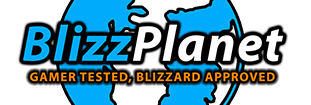

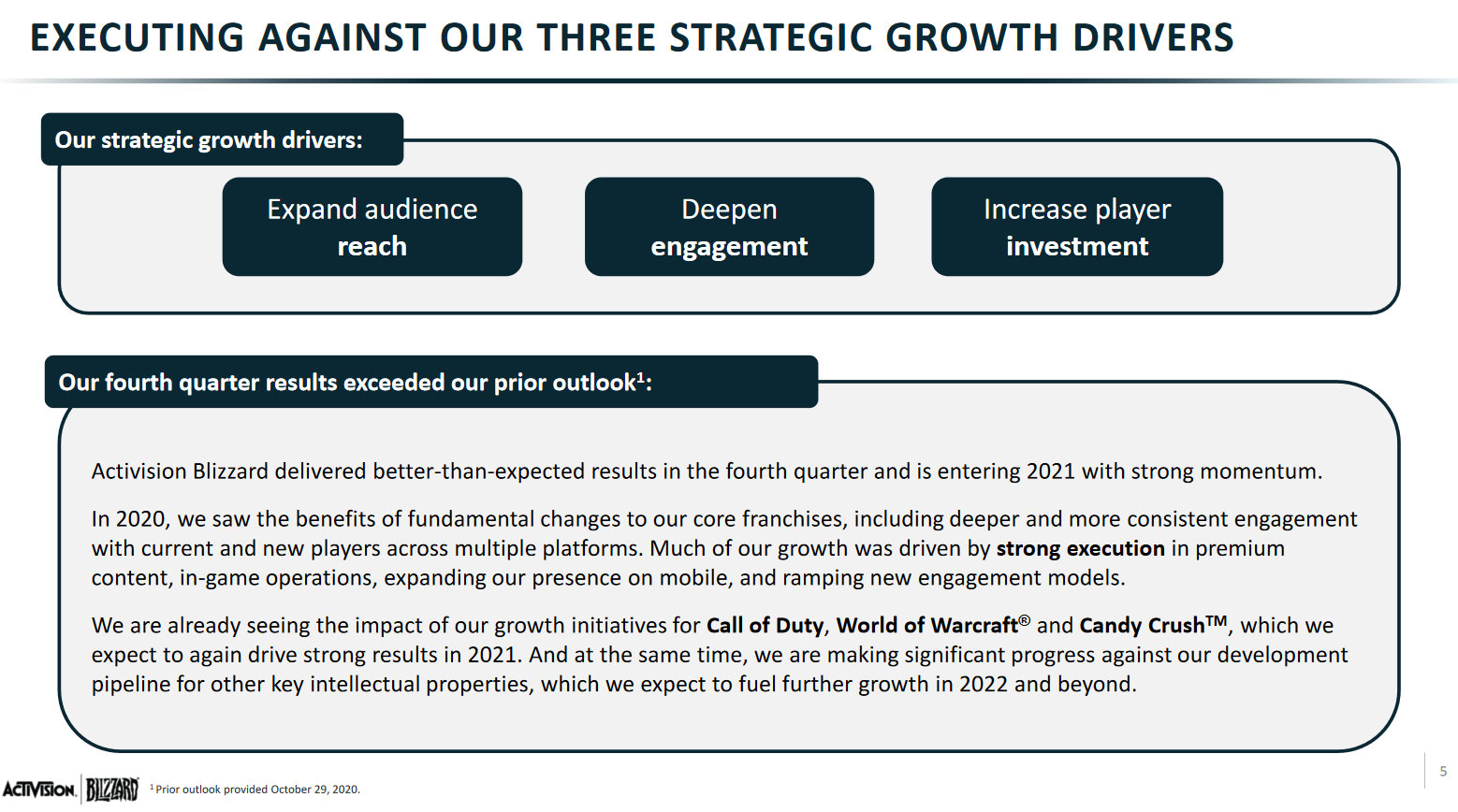
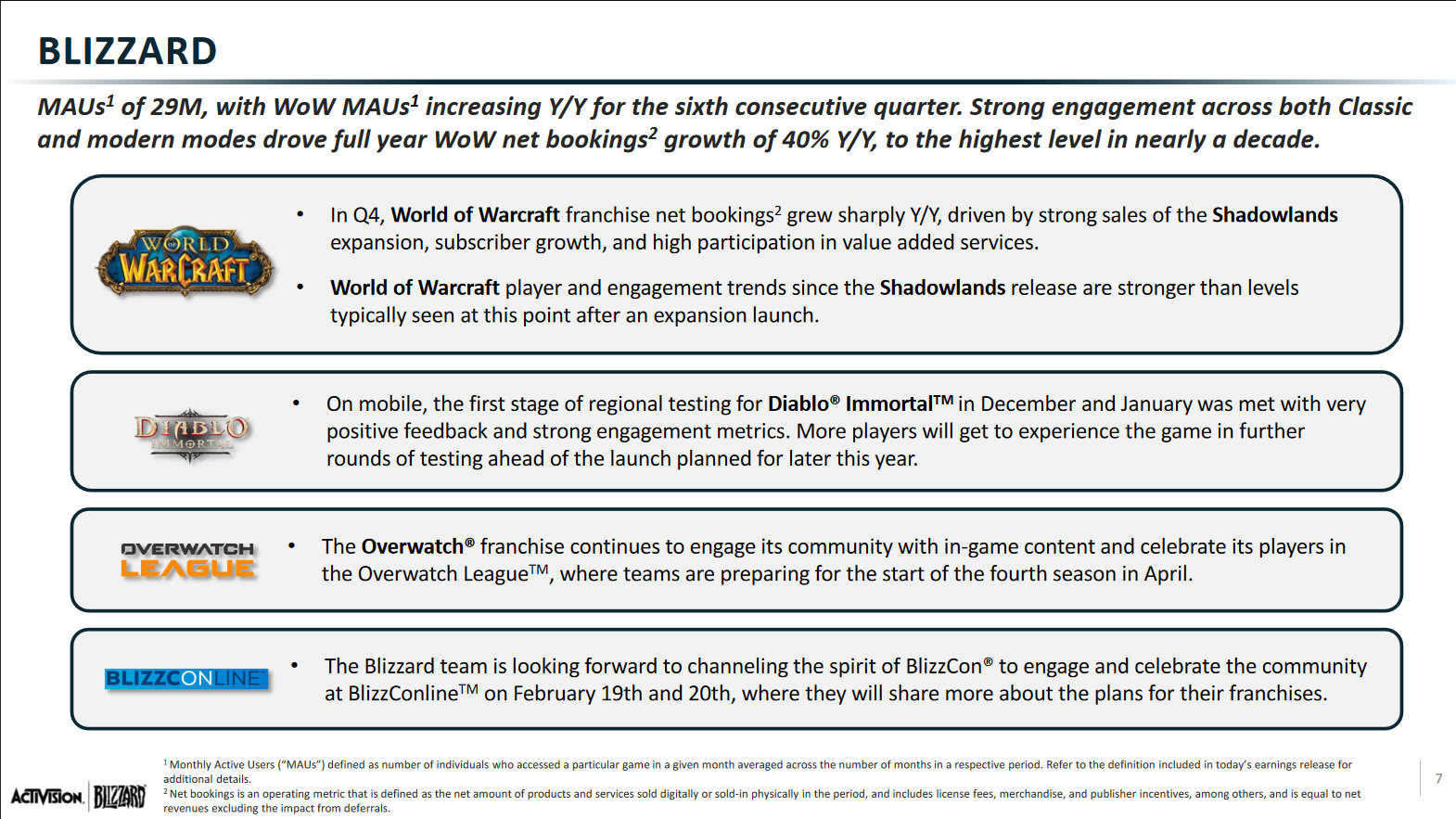
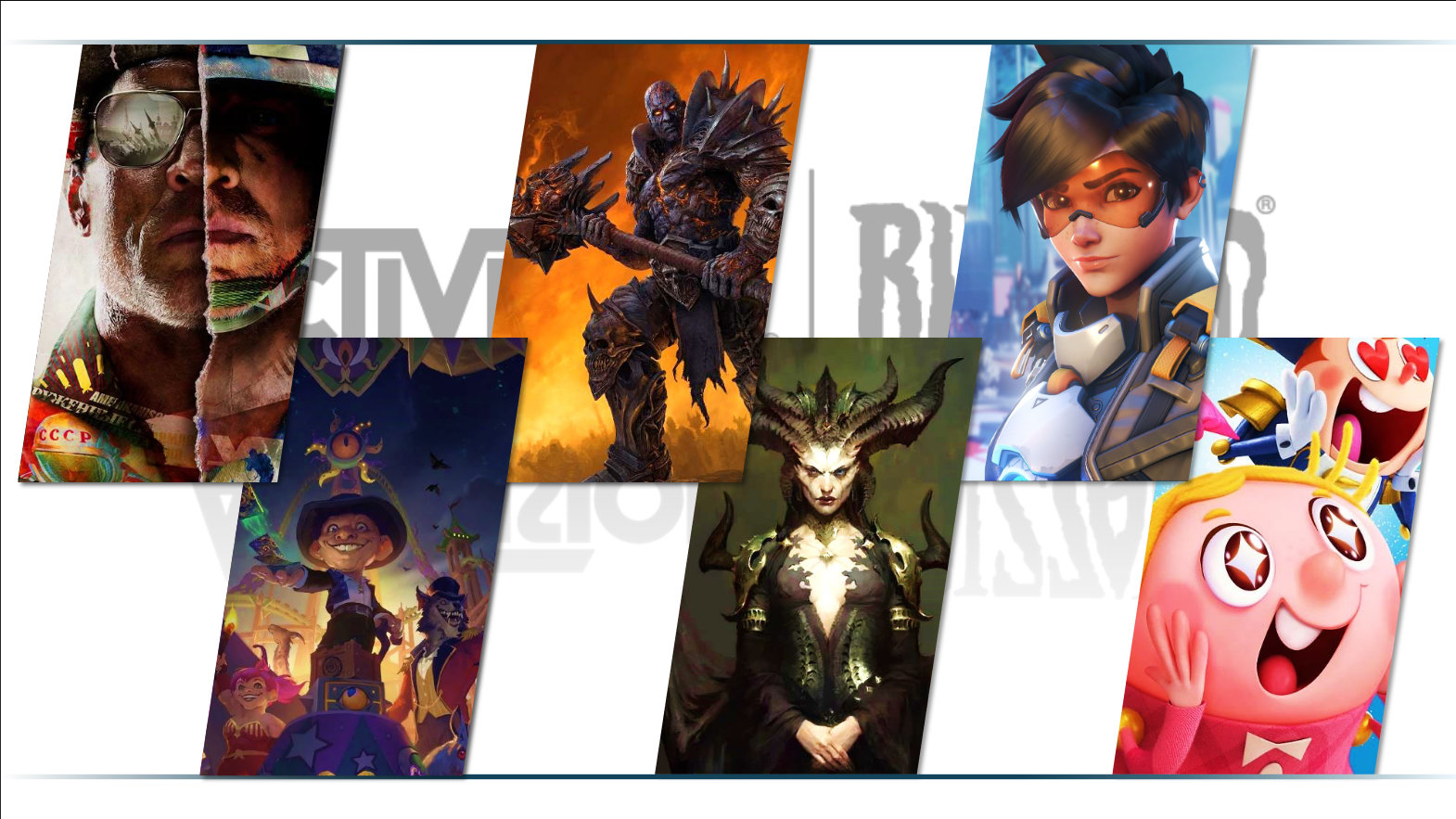
 Stock Results
Stock Results
